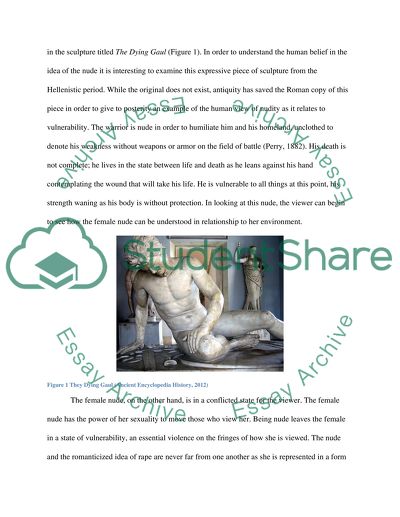Cite this document
(“The Binding and Control of the Female Form within the Masculine Gaze Essay”, n.d.)
Retrieved from https://studentshare.org/visual-arts-film-studies/1444304-expanding-an-american-idenity
Retrieved from https://studentshare.org/visual-arts-film-studies/1444304-expanding-an-american-idenity
(The Binding and Control of the Female Form Within the Masculine Gaze Essay)
https://studentshare.org/visual-arts-film-studies/1444304-expanding-an-american-idenity.
https://studentshare.org/visual-arts-film-studies/1444304-expanding-an-american-idenity.
“The Binding and Control of the Female Form Within the Masculine Gaze Essay”, n.d. https://studentshare.org/visual-arts-film-studies/1444304-expanding-an-american-idenity.


